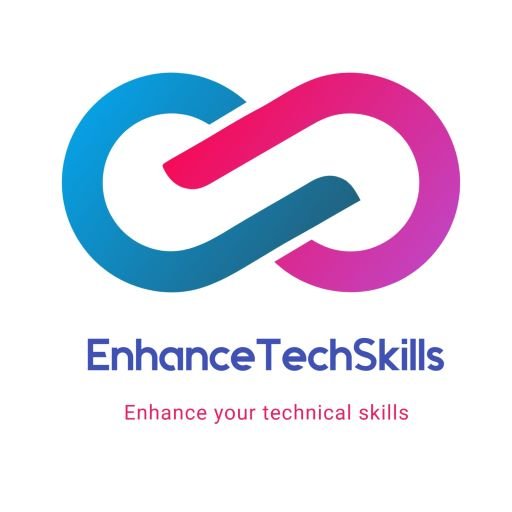What is Struts?
Struts is an open-source Model-View-Controller (MVC) framework for developing web applications in Java. It provides a structured framework for building web applications by dividing them into three components: Model, View, and Controller.
The Model represents the data and the business logic of the application, while the View is responsible for presenting the data to the user. The Controller manages the flow of the application by processing user input and invoking the appropriate Model and View components.
Struts provides a number of built-in components and features that make it easy to develop robust and scalable web applications. Some of its key features include:
Action-based MVC: Struts uses an action-based MVC architecture, where each user request is mapped to a specific Action class that handles the request.
Struts Tag Library: Struts provides a set of custom tags that simplify the process of building user interfaces for web applications.
Form validation: Struts provides a robust form validation framework that allows developers to easily validate user input and provide error messages to users.
Internationalization: Struts provides built-in support for internationalization, allowing developers to easily develop applications that can be localized for different languages and cultures.
Integration with other frameworks: Struts can be easily integrated with other popular Java frameworks, such as Hibernate and Spring.
Struts has been widely adopted in the Java community and is used by many large organizations for developing web applications. It is also actively maintained and updated by the Apache Struts project.
Struts Syllabus
1. Introduction to Struts:
⦁ Overview of Struts framework
⦁ Model-View-Controller (MVC) architecture
⦁ Components of a Struts application
⦁ Configuration files
2. Struts Configuration:
⦁ Struts configuration file
⦁ Struts Action Mapping
⦁ Struts Action Form
⦁ Struts Action Forward
3. Struts Action Classes:
⦁ Creating Action classes
⦁ Handling user requests
⦁ Implementing business logic
⦁ Invoking services
4. Struts Custom Tags:
⦁ Struts HTML tags
⦁ Struts Logic tags
⦁ Struts Bean tags
⦁ Struts Nested tags
5. Form Validation:
⦁ Validating user input
⦁ Form validation framework
⦁ Using validator plug-in
⦁ Customizing validation rules
6. Struts Tiles:
⦁ Overview of Tiles framework
⦁ Configuring Tiles
⦁ Creating tile definitions
⦁ Using tiles in Struts application
7. Struts Interceptors:
⦁ Overview of interceptors
⦁ Using interceptors in Struts
⦁ Customizing interceptors
⦁ Pre and post-processing request and response
8. Struts and Hibernate:
⦁ Overview of Hibernate framework
⦁ Integrating Hibernate with Struts
⦁ Using Hibernate with Struts for database access
9. Struts and Spring:
⦁ Overview of Spring framework
⦁ Integrating Spring with Struts
⦁ Using Spring with Struts for dependency injection
10. Best Practices:
⦁ Performance tuning
⦁ Error handling and debugging
⦁ Security best practices
⦁ Design patterns with Struts
This syllabus provides a general overview of the topics covered in a Struts course, but the specific topics and depth of coverage may vary depending on the course level and institution.




